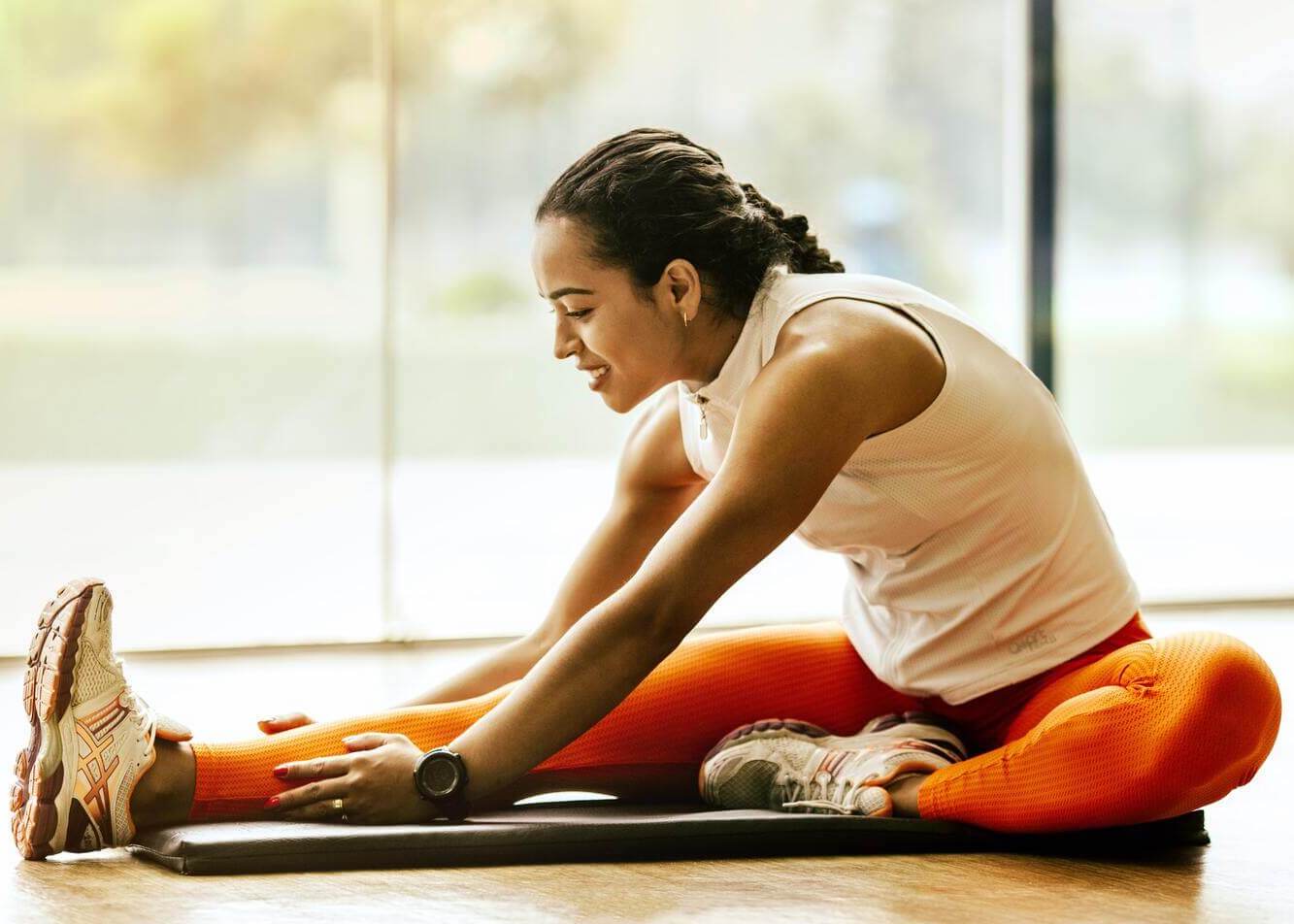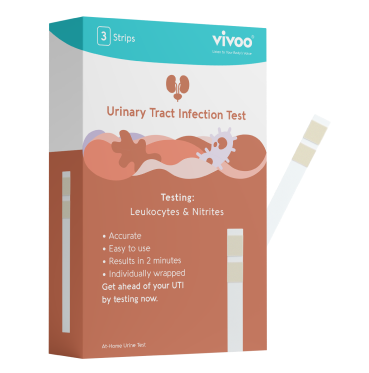Bone is a tissue that undergoes continuous deterioration and replacement. Our bodies are held upright by the framework that our bones provide. Healthy bones are not solid, despite what many people believe. Their insides consist of a honeycomb structure with microscopic holes to keep them light and springy. However, bones that have significantly lost their mineral density have considerably more significant gaps and weak outer walls, which can raise the likelihood that they will break. Therefore, a bone density test is important.
A bone density test is a metric used to measure the strength of your bones. The test also helps determine your risk of developing osteoporosis, a disease that affects bones and increases their susceptibility to breaking. Osteoporosis is a phrase used to indicate fragile bones as well as a higher likelihood of breaking a bone. When the production of new bone does not keep pace with the degeneration of the existing bone, osteoporosis also develops.
Osteoporosis causes bones to deteriorate to the point where even mild stressors, such as coughing, can cause them to break. As a result, hip, wrist, and spine fractures brought on by osteoporosis are the most frequent.
In this blog, we will discuss the various methods of checking bone density, as well as how to increase bone density naturally. Whether you're concerned about osteoporosis or simply want to keep an eye on your bone health, this guide will provide you with all the information you need to check at home.
Why Is It Important That You Pay Attention to Your Bone Density?
To address bone problems before they worsen, it's critical to find out if you have low bone density. Serious medical disorders that could result in bone fractures can be brought on by low bone density. Osteoporosis is the most concerning of the disorders, wherein decreased bone density causes holes inside the bone to expand and the cortex, the outside walls of the bone, to shrink. You can take a calcium urine test to know if you need to consume calcium for your bones.

Who Should Get a Bone Density Test?
Osteoporosis affects women far more frequently than it does men, and it gets worse with aging in women and she enters menopause. As a result, doctors advise bone density testing for persons 65 years or older who have experienced menopause. In addition, healthcare professionals may advise testing in adults younger than 65 who do have one or more possible risks because certain traits put people at increased risk for fracture.
The following elements raise a person's risk of fracture and could prompt bone density testing sooner:
- Smoking cigarettes
- Long-term usage of glucocorticoid (steroid) drugs like prednisone
- Arthritis rheumatoid
- History of a low- or non-traumatic bone fracture in one's own or another excessive alcoholic beverage use (three or more servings a day)
- A condition like diabetes, early menopause, chronic malnutrition, or chronic liver disease that is closely related to osteoporosis
How to Check Bone Density?
Bone density testing comes in many different forms. They include:
Dual-energy x-ray absorptiometry
Dual-energy X-ray absorptiometry, or DXA, is a specific type of X-ray that is used to measure bone density and is the most effective and reliable method. DXA uses the least amount of radiation while providing accurate measures of bone density at significant bone locations (such as the spine, hip, and forearm).
Because measures at the hip and spine are the most accurate for determining who may experience an osteoporotic fracture, who needs to be treated for the condition, and who will respond best to treatment, DXA of these areas is advised.
Quantitative computerized tomography
This particular type of computed tomography (CT) offers precise evaluations of spine bone density. Although this test might be used instead of DXA, it is hardly employed because it is pricey and necessitates a greater radiation dose.
Ultrasonography
The heel's bone density can be evaluated using ultrasound. This could help figure out a person's risk of fracture. Unfortunately, because there are no standards for ultrasonic measures to detect osteoporosis or forecast the risk of fracture, it is utilized less frequently than DXA. However, ultrasound is a reliable alternative to DXA for locations without access to it when determining bone density.

How to Increase Bone Density Naturally?
Here are several natural ways to increase bone density:
- Engage in regular weight-bearing exercises such as walking, hiking, jogging, dancing, or playing tennis.
- Resistance training, such as lifting weights, can also help to increase bone density.
- Consuming a diet that is rich in calcium and vitamin D can help to promote bone health.
- Calcium-rich foods include dairy products, leafy green vegetables, and nuts, while vitamin D can be found in fatty fish, eggs, and fortified foods.
- Avoid smoking and excessive alcohol consumption, as these can contribute to bone loss.
- Consult with a doctor or a dietitian for personalized advice.
- Getting enough sunlight or taking a safe amount of vitamin D supplements as it is important for bone health as it helps the body absorb calcium.
- Consume foods high in magnesium, potassium, and Vitamin K.
- Get enough sleep and reduce stress.
- Consider getting regular check-ups and bone density tests to track progress and make adjustments to your regimen as needed.















